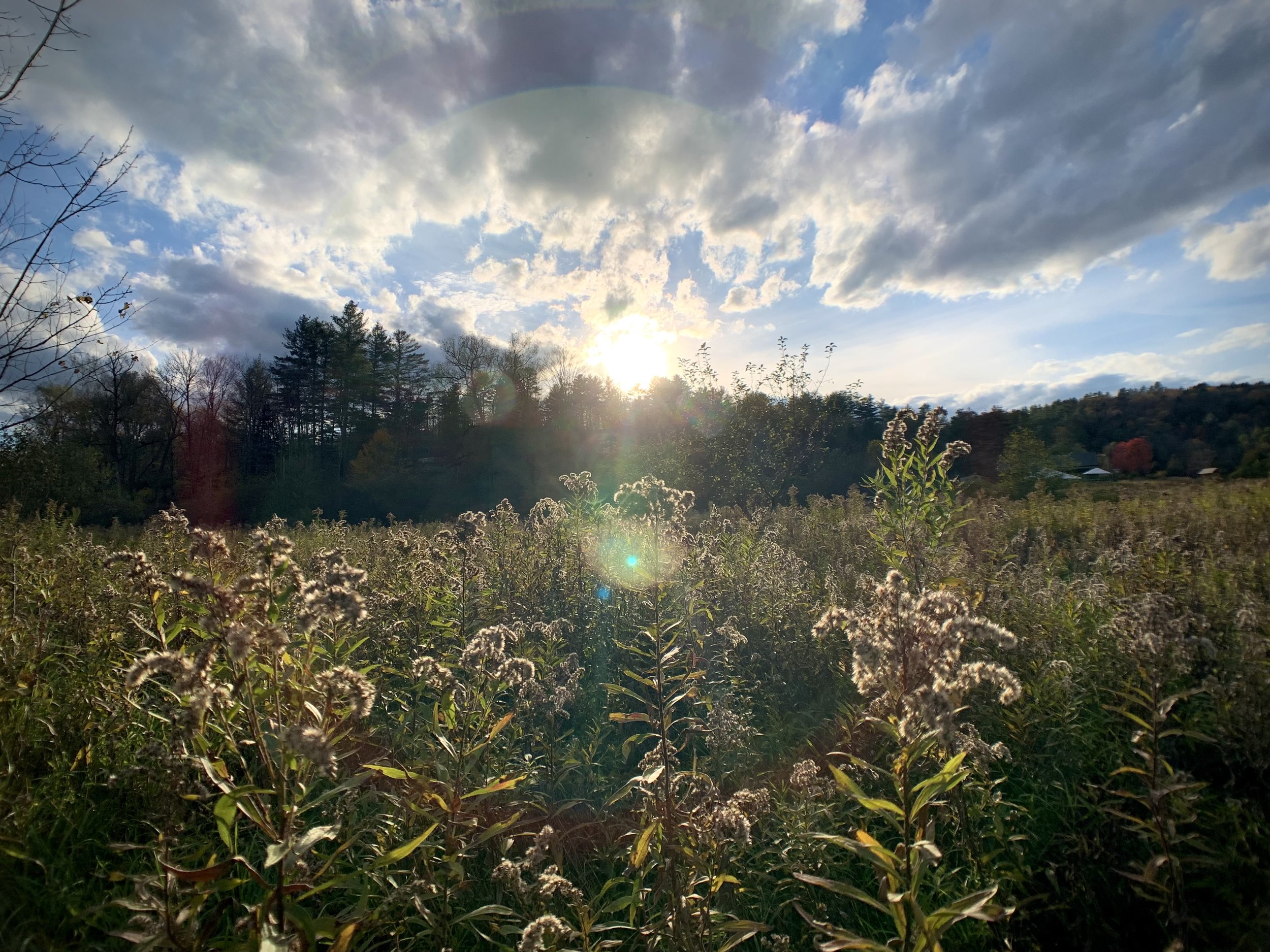Finding Joy In Movement
At this point we've all been told a million times that regular movement/exercise is one of the best things you can do for your physical and mental health. And all signs point to that being true. But actually doing it can be hard, painful, inconvenient, or even just boring. When we run into the inherent challenges and road blocks associated with any regular physical practice, it can kick off a vicious cycle of frustration, resignation and shame, which makes it even harder to want to keep trying. On top of that, as a society, we tend to portray health and well-being as a sign of personal virtue, or the lack thereof as a personal failing (i.e. "You wouldn't be so ______ if you just took better care of yourself"). So the whole topic can be a real mental minefield (a topic for another post). But! let's say you find a way to keep an open mind and positive attitude through the natural ebbs and flows of your exploration of movement; congratulations, now the fun part!
There are so many different formats for movement; dance, martial arts, sports, qigong, calisthenics, yoga, walking, the list goes on. And within those there are thousands of different adaptations and styles that suit different body types, personalities, and levels of ability. Trying to find one that suits YOU can be a tedious endeavor, especially for those of us with chronic pain, disabilities, sensitivities, or other factors that make us feel like an 'outsider' in those spaces. It's important to really respect those factors and how they can change at any given time in our life. To be given a body at all is a miraculous gift and we all deserve the opportunity to celebrate that in whatever ways we can. That doesn't mean it's easy, but I do believe that if we are persistently creative, there is the possibility of joyful movement for all of us in this life.
For some it may be as simple as just overcoming some nervousness about signing up for that salsa class you've always wanted to take. For others it may be trying a dozen different yoga teachers until you find the one you gel with. For others it may be combing the internet in search of specialized groups serving niche populations. Maybe what's available to you is nothing but your own body and your imagination. That's plenty! Movement doesn't have to be focused or strenuous. You don't have to have "good form" for it to be beneficial. There are studies that show that dancing outperforms, by a wide margin, every other conventional treatment for depression, including many other types of structured exercise. And dancing is an excellent way to keep your tissues and joints healthy by moving them in dynamic ways through a wide range of motion. So let your imagination and your own body guide you (see my post "Joy In Movement: An Exercise"). You may be pleasantly surprised at what you come up with.
Not only is moving our bodies important, but feeling joy in itself is crucial to our health. We need it as much as we need food and water and shelter. It's part of the fabric of life that makes us want to keep living, growing, connecting. And it's part of our human nature that some of the greatest joy we feel is in overcoming challenges; not because we feel like we should, not because someone else told us to, but because we really WANT to somewhere deep in our bones. So imagine you challenge yourself to find a joyous way to move your body and, against the odds, despite the obstacles, despite the voices in your head or otherwise telling you you can't, you do! Imagine how satisfying that would be! Given half a chance, we are incredibly resilient creatures.
Our relationship to movement is so closely tied to every aspect of our lives. Our mental health, nutrition, environmental circumstances, genetics, cycle of life, stress levels, relationships, etc. all play a factor. It's a relationship that's necessarily going to change throughout the phases of our life and calls upon not only our creativity and persistence, but our self-compassion. It's not one-size-fits-all. We all have unique needs and unique capacities. And it's in acceptance of that uniqueness that we find the possibility for joy.
